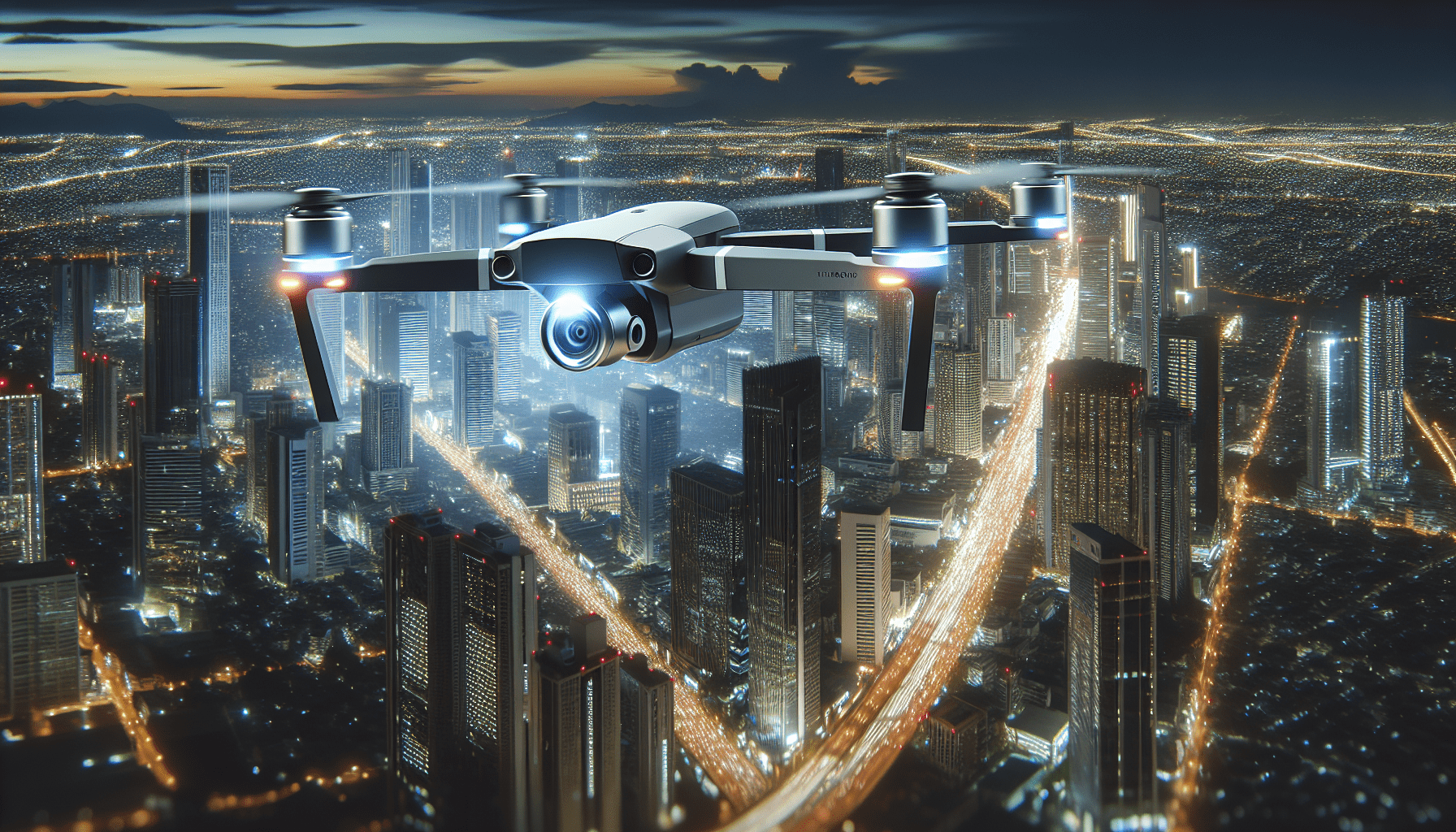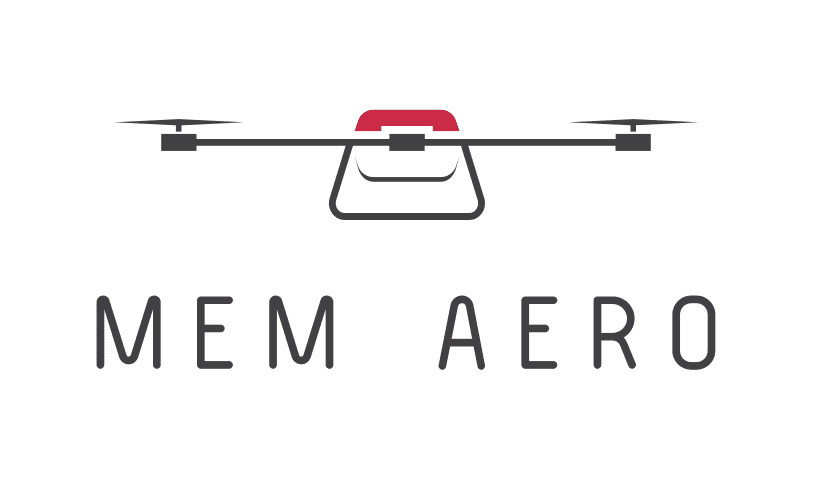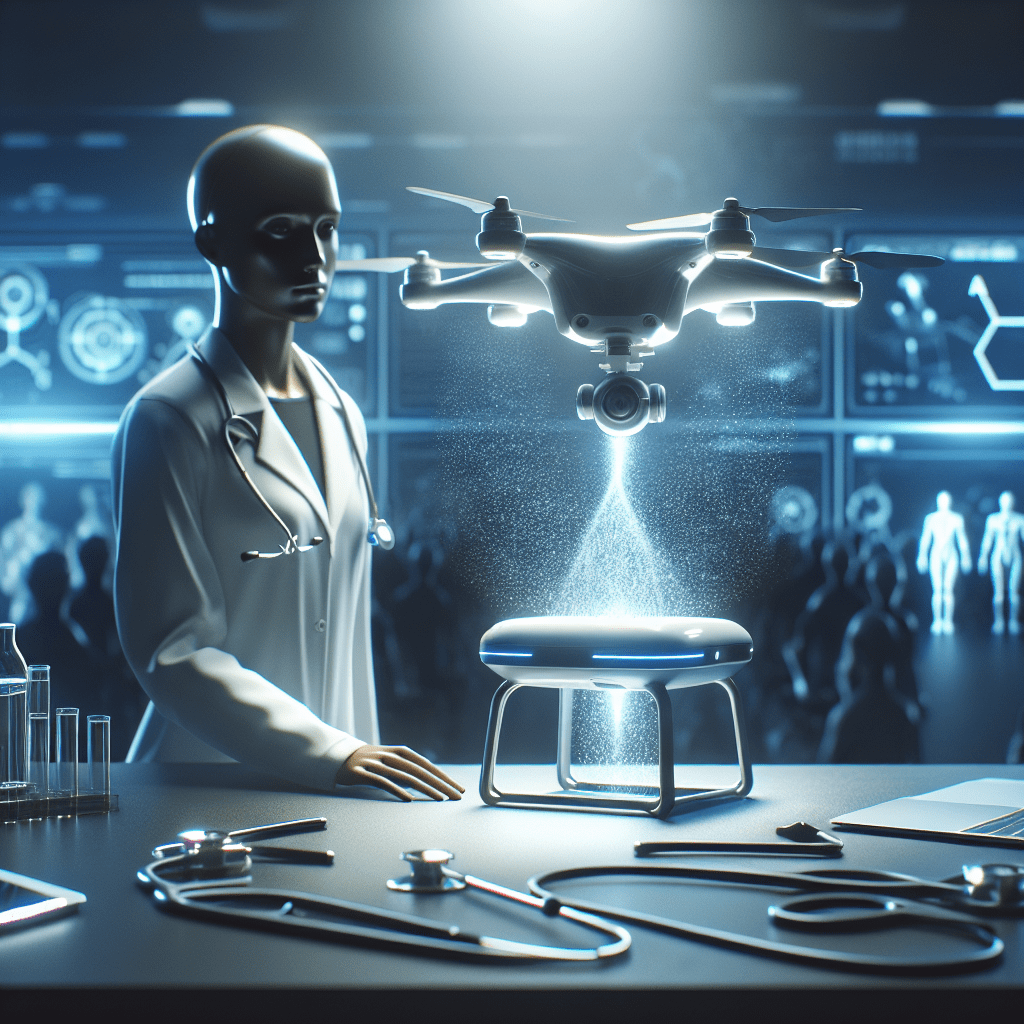The Revolution of AI in Drone Technology
Modern drone technology, once considered a niche area primarily used for recreational purposes, has evolved into a powerful tool across various industries thanks to the advancements in AI. The role of AI is multifaceted, empowering drones with the ability to make autonomous decisions, analyse vast amounts of data, and learn from their environments. These capabilities enhance operational efficiency, improving performance in industries ranging from agriculture to surveillance and reconnaissance missions in the military sector.

Understanding AI and Its Relevance to Drones
Artificial Intelligence refers to the simulation of human intelligence in machines that are programmed to think, learn, and adapt. In the context of drones, AI enables these flying devices to perform complex tasks such as navigating autonomously, avoiding obstacles, and carrying out detailed data collection and analysis. Such integration allows drones to act not just as remote-controlled aircraft but as intelligent agents capable of analysing real-time data and taking actions based on that information. This transformative change makes AI indispensable in the drone technology landscape.
AI-Driven Autonomy in Drones
One of the most significant advancements in drones facilitated by AI is their increased level of autonomy. Drones can navigate complex environments without human intervention by employing sophisticated algorithms and sensors. For example, AI-powered drones are now capable of executing missions in challenging terrains, such as mountainous regions or dense urban landscapes, where human control would be impractical or impossible. This autonomy not only enhances the operational range of drones, extending their applicability in various sectors but also increases safety by minimising human error.
The Role of AI in Diverse Drone Applications
The applications of AI in drone technology are broad and impactful, making AI an essential component in various fields where drones operate. This section explores the diverse roles AI plays in specific sectors such as agriculture, military operations, and environmental monitoring, showcasing its versatile utility and effectiveness.
“AI empowers drones to perform tasks that were once dreamt of but considered unfeasible.”
AI Drones in Agriculture
In agriculture, the use of AI in drones has provided farmers with innovative solutions to monitor crop health and improve yield predictions. By leveraging AI, drones can analyse images captured by onboard cameras to detect signs of crop distress or disease. These AI algorithms can differentiate between healthy and unhealthy areas within fields, allowing farmers to target their interventions more precisely. Moreover, AI enables precision agriculture techniques, where drones apply nutrients or pesticides only where needed, thereby enhancing sustainability and reducing costs. This application exemplifies how AI is not just modernising drone technology but also reshaping agricultural practices around the globe.
Military Utilisations of AI-Powered Drones
The military sector is one of the pioneers in integrating AI into drone technology, utilising these advanced systems for reconnaissance, surveillance, and even combat operations. AI enhances data analysis and decision-making capabilities, allowing military drones to quickly process information gathered from various sensors and cameras. This rapid assessment can provide situational awareness that is vital during operations. Moreover, AI can assist in target identification and tracking, significantly impacting mission success rates and minimising risks to personnel. The ongoing advancements in this area indicate that AI’s role in military drone technology will continue to evolve, promising even greater capabilities in future conflicts.
Integration of AI and Drone Technologies
The integration of AI with drone technologies necessitates a synergistic relationship between hardware capabilities and software intelligence. This section delves into how AI enhances the capabilities of drones through various technological integrations, focusing on advancements in machine learning, computer vision, and data analytics.
Machine Learning Enhancements in Drones
Machine learning, a sub-field of AI, is critical in improving the operational capabilities of drones. By enabling self-learning mechanisms, drones can adapt to changing environments and optimise their flight paths based on real-world data. For instance, a drone using machine learning can learn from past flights, continuously improving its navigation algorithms and delivering better performance in subsequent missions. This cumulative knowledge enables drones to become more efficient and effective in their operations, which is essential in fast-paced fields such as disaster response and search-and-rescue missions.
The Role of Computer Vision in Drone Operations
Computer vision is another critical aspect of AI that dramatically enhances drone technology. By processing and interpreting visual information from cameras, AI-powered drones can identify objects, track movement, and navigate complex environments. In delivery services, for example, computer vision allows drones to identify landing zones and avoid obstacles. This capability is crucial not only for safe operations but also for fulfilling regulatory standards and improving user trust. The ability to safely and accurately navigate complex landscapes makes AI-driven computer vision a cornerstone in the continual evolution of drone technology.
Data Analytics and Insights from AI
AI also plays a pivotal role in analysing the data collected by drones, transforming raw information into actionable insights. In fields such as environmental monitoring, drones equipped with AI can assess ecological changes by analysing atmospheric data, vegetation health, and wildlife movements. This level of analysis was traditionally time-consuming and labour-intensive but is now streamlined through AI algorithms that can process vast datasets rapidly. Consequently, agencies and researchers can make timely decisions based on real-time data analytics, demonstrating the societal benefits of integrating AI into drone operations.
Future Prospects of AI in Drone Technology
The future of AI in drone technology holds exciting possibilities as research and development continue to advance. Emerging technologies, including enhanced AI models and sensors, will undoubtedly propel the capabilities of drones even further, allowing for applications that are currently unimaginable.
Ethical Considerations in AI Drone Usage
As the role of AI in drones expands, so do the ethical considerations surrounding their use—particularly in sensitive sectors like surveillance and military operations. Ensuring that AI algorithms are transparent and accountable is crucial to avoid potential misuse. Policymakers and organisations must grapple with the implications of deploying such advanced technologies, balancing security and privacy concerns while harnessing the benefits AI can bring to drone technology.
The Role of Regulation in AI and Drone Development
Regulation will play a vital role in shaping the future of AI-integrated drone technology. As capabilities expand, so does the need for comprehensive frameworks that govern the safe and ethical use of drones. This includes establishing no-fly zones, creating standards for data privacy, and regulating the usage of drones in public spaces. As these regulations develop, they will ensure that the benefits of AI in drones are maximised while minimising potential risks to society.
Conclusion: Embracing the AI-Driven Drone Era
The integration of AI in drone technology heralds a new era of innovation, impacting various aspects of society by enhancing efficiency, safety, and versatility. As demonstrated, AI’s role is pivotal in transforming drones from simple flying machines into autonomous, intelligent systems that can adapt to their environments and execute complex missions. Companies leading the charge in AI-driven innovations are paving the way for a future where drones play integral roles in agriculture, military operations, environmental monitoring, and beyond. The potential applications are vast and continually expanding, offering substantial benefits across numerous sectors.
At the forefront of these advancements are companies like Memaero, dedicated to pushing the limits of drone technology. Discover cutting-edge drones at Memaero and see the difference AI can make.
Frequently Asked Questions
How does AI improve drone technology?
- AI enhances drone technology by enabling advanced data processing, autonomous flight capabilities, and improved object detection.

